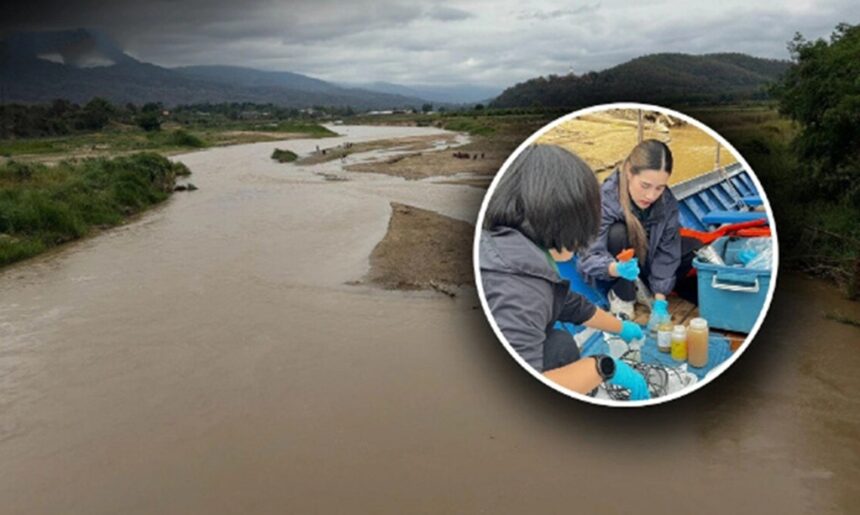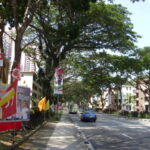On Friday, citizen groups from Chiang Rai and Chiang Mai, along with local academics, sent a letter to Prime Minister Paetongtarn Shinawatra, asking her to take urgent action to address arsenic pollution in the Kok and Sai Rivers.
The letter explained that the upper areas of both rivers have seen a sharp rise in arsenic contamination, allegedly from mining activities in Myanmar’s Shan State, which can be confirmed by satellite images.
The Pollution Control Department identified 14 risk sites related to mining along the Myanmar border in 2023. Five of these sites are close to rivers that flow into Thailand. So far, there has been no coordinated action to solve cross-border pollution. According to the World Health Organisation, even small amounts of cyanide in water can cause long-term health problems.
The letter also mentioned the severe flooding and landslides that hit the Kok and Sai River communities in September 2024. Many families lost their homes, property, and jobs. With the rainy season only a month away, people are worried because the government has not shared any clear plans for disaster prevention or support.
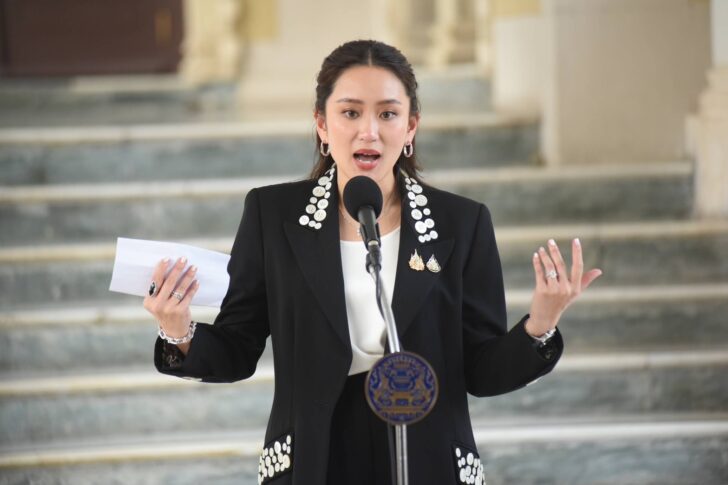
To fix these problems, the groups called on the government to:
- Set up a task force that includes government agencies, residents, and academics. This group would work on solutions for all parts of the pollution problem, from the source to the affected communities. The group also asked for a water quality monitoring centre in Chiang Rai.
- Share and practice clear, organised flood prevention plans for the Kok and Sai River areas. These plans should include input from local people.
- Work with Myanmar officials and other groups in the border region to collect water samples and trace the source of contamination along both rivers, including their headwaters in Shan State.
- Create an open public communication system so residents get updates and information about river conditions.
- Expand environmental studies on the cross-border impacts of land use and mining along the Kok and Sai Rivers.
- Open talks between Thailand, Myanmar, the border forces, and China to find practical, shared solutions.
Dr. Suebsakun Kidnukorn, a lecturer at Mae Fah Luang University, explained that arsenic pollution in these rivers comes from mining activities in Myanmar but affects people in Thailand. He pointed out that former Prime Minister Thaksin Shinawatra had spoken publicly about the need for talks with Myanmar to address this shared problem.
Dr. Suebsakun suggested that, with the Malaysian Prime Minister meeting Myanmar’s military leader in Thailand, Prime Minister Paetongtarn should use this meeting to raise concerns about mining pollution that is contaminating the Kok and Sai Rivers.
He also said the Thai leader should use environmental diplomacy to push for cross-border cooperation. Myanmar and Malaysia need to understand that much of the mining takes place in areas controlled by armed ethnic groups. Any peace talks with Myanmar should include the pollution issue.
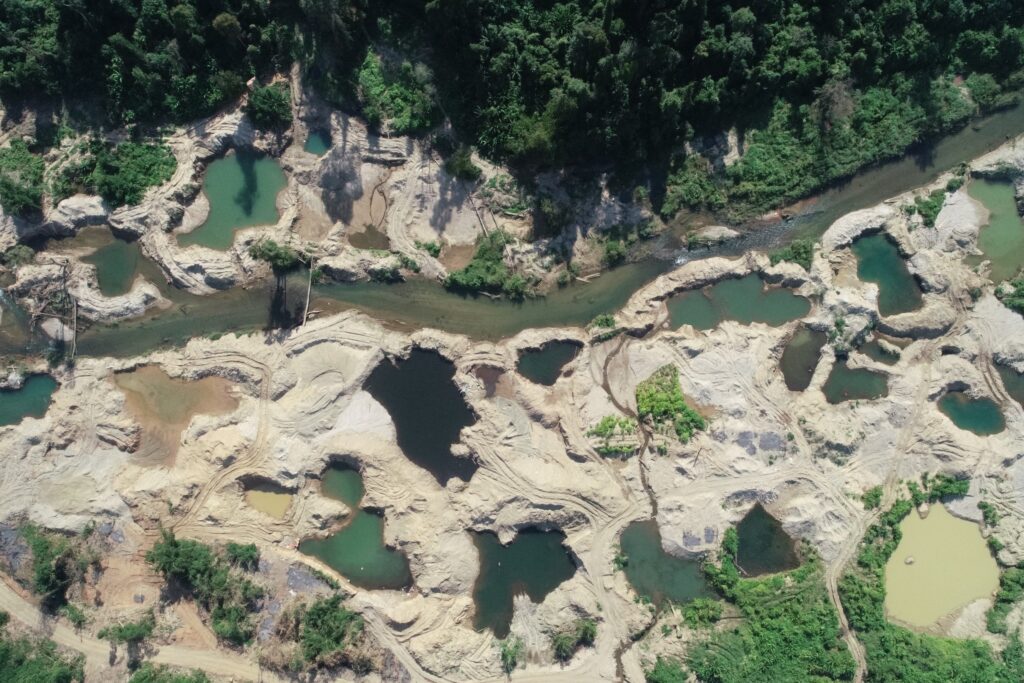
Gold Mining in Myanmar
Piangporn Dietes, Secretary-General of the Community Development and Highland Foundation and Southeast Asia Campaign Director for International Rivers, agreed that these rivers are international and start in Myanmar’s Shan State.
Mining near the headwaters has caused widespread hardship for people and ecosystems in Thailand. She urged the government to stop large-scale mining and land clearing, which contribute to water contamination and increase the risk of floods with mudslides.
She added that authorities have already warned locals not to come in contact with water from the Kok and Sai Rivers. Even though the regional waterworks department claims the treated water is safe, people still feel uneasy.
When officials admit to finding heavy metals in the water and tell people to avoid river activities, but don’t have clear plans to address the source, it leaves communities feeling vulnerable and frustrated. The health of both people and the river environment remains at risk.
The Kok and Sai Rivers flow from Shan State in Myanmar into Chiang Rai, providing essential water for around 1.2 million people. Residents depend on this water for drinking, daily use, and farming. Many families also rely on the rivers for their livelihoods.
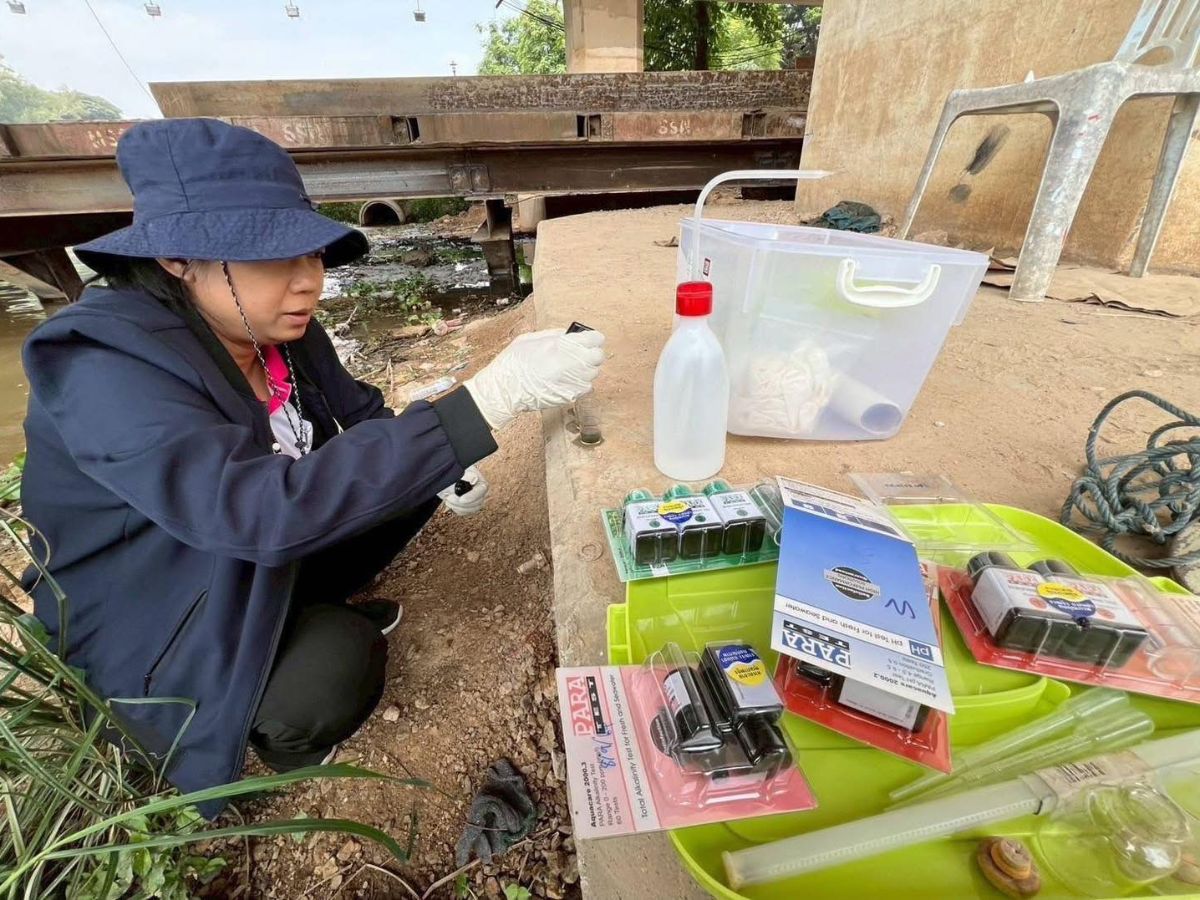
Chiang Rai Monitoring River Waters Daily
Interior Ministry officials are keeping a close watch on arsenic found in Chiang Rai’s Kok River. They are working to find out why the levels are above the standard and want to reassure the public that there is no risk to health.
Deputy Interior Minister Teerarat Samrejvanich chaired an online meeting to discuss the issue. Chiang Rai’s Deputy Governor Prasert Jitpleecheep joined, along with the Environmental and Pollution Control Office, Provincial Waterworks Authority, Chiang Rai’s Disaster Prevention Office, Chiang Rai Public Health Office, Chiang Rai Environmental Office, and the National Water Resources Office.
Deputy Governor Prasert reported that officials collected water samples from three locations along the Kok River. Tests showed arsenic levels slightly over the standard limit, but not high enough to harm people’s health.
The regional waterworks authority also confirmed that raw water used for tap water remains safe for drinking and daily use.
Chiang Rai has set up a special team to track and manage the situation. Regular checks and updates will continue so people can feel confident about their drinking water.
Deputy Interior Minister Teerarat told all involved agencies to speed up finding the source of the arsenic contamination. The National Water Resources Office will lead efforts to prevent and restore water quality.
They will also set out a long-term plan so something like this does not happen again. Clear and accurate updates will be shared with the public to keep everyone informed.
Related News:
Riverside Vendors in Chiang Rai Face Closure Over Kok River Arsenic Contamination

Geoff Thomas is an award winning journalist known for his sharp insights and no-nonsense reporting style. Over the years he has worked for Reuters and the Canadian Press covering everything from political scandals to human interest stories. He brings a clear and direct approach to his work.




